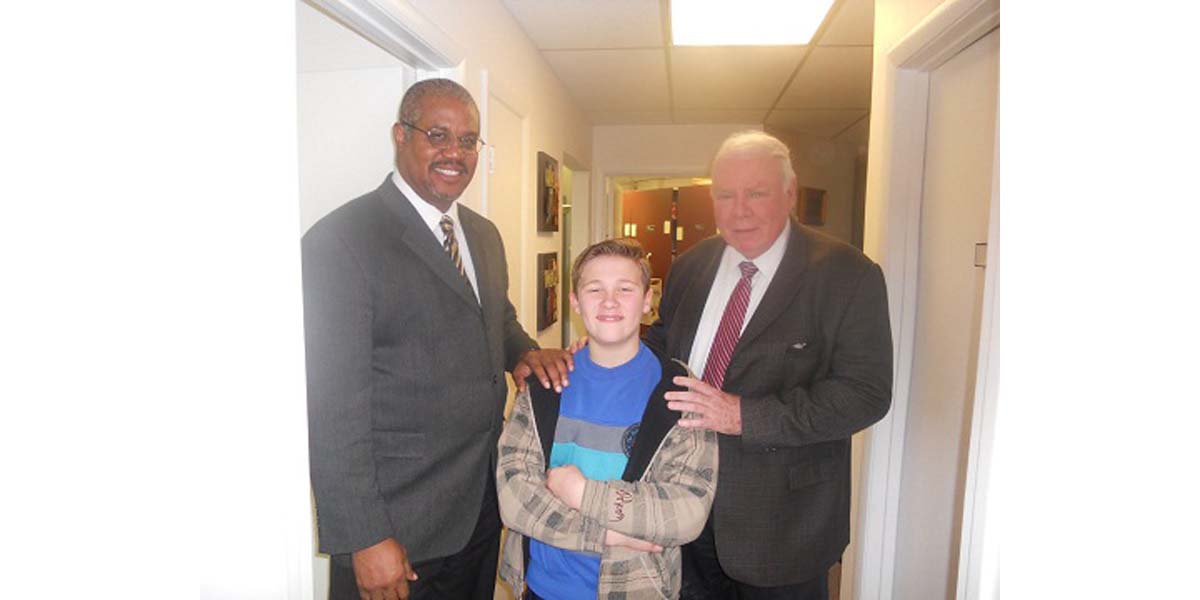Table of Contents
None of the Tourette's syndrome treatments has been reliably effective. Fortunately, two dentists named Anthony Sims and Brendan Stack seem to have uncovered both the origins and an effective non-pharmaceutical, non-surgical treatment for the disease.
The easiest way to understand how Sims and Stack explain Tourette's syndrome is to consider the experience of accidentally and unexpectedly hitting a thumb with a hammer, touching a stove, or stumping a toe. Many people will utter a loud "Ouch!" or "Darn" or some other expletive we cannot use on a family-oriented website in response to pain.

People who have Tourette's syndrome tend to not to have "crossed wires" while they are focusing on difficult or interesting tasks. They often consciously try to suppress inappropriate speech and movements, until they just can't. Sims and Stack tell us how this can happen.
The nerves leading from the muscles to the brain sometimes amplify pain signals to make sure the brain gets the message. "Fast" pain fibers in a large nerve enter the base of the brain from the face. Nerves that transmit information about temperature enter the brain at the same place, and the outgoing cranial nerves VII, IX, and X leave the brain in this region.
These cranial nerves control the front of the face, the sides of the face, and the lower digestive tract. Sims and Stack believe that if these nerves are compressed together, they may engage in cross talk, similar to a short circuit, transferring nerve impulses from one to another, partially bypassing the higher control centers of the brain. The stronger the nerve impulse, the harder it is for the higher levels of the brain—which are the usual targets of drug treatments—to intervene and stop the tic.
Dr. Sims and Dr. Stack treat Tourette's syndrome by relieving the physical pressure on the nerves entering the base of the brain so there is less cross talk. They have developed a plastic dental appliance they call a neurocranial vertical distractor, which "distracts" the fibers entering the base of the brain from the cross talk of neighboring nerves. Fitting over the lower teeth, it holds the lower jaw in place so there is less pressure on the base of the brain. Wearing this appliance 24 hours a day reduces symptoms of Tourette's disease in adults, as you can see on You Tube. When the proper spacing of the jaws is determined, these dentists report, all tics cease immediately:
Even more promising, however, is the possibility of using this dental appliance in treating younger children who are just beginning to have symptoms of Tourette's. The first symptom of Tourette's usually appears at the age of five, about the same time the skull grows tight over the area where the nerves involved in tics enter and exit the brain. The first tics usually involve the eyes.
In tests of the device on a seven year-old child, as was the case in tests with adults aged 25, 36, 40, and 52, finding the right spacing of the jaws stopped all symptoms immediately. What a wonderful gift for a child experiencing only the first tics of Tourette's this would be.
- Sims A, Stack B. Tourette's Syndrome: A Pilot Study for Discontinuance of a Movement Disorder. Journal of Craniomandibular Practice, 2009.
- Photo by shutterstock.com

